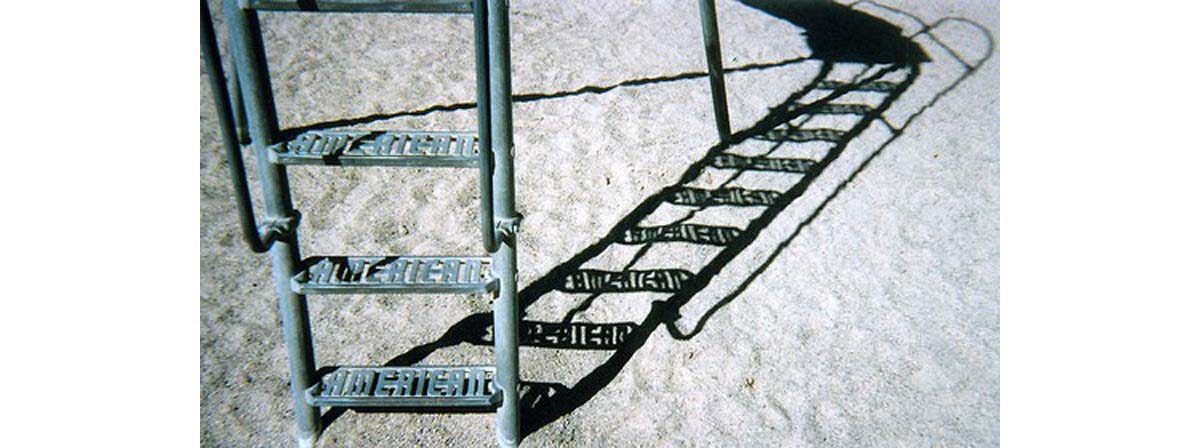Table of Contents
When there more dust storms outside, there's more housedust inside, but difficulties in housekeeping really are not the reason atmospheric scientists keep tabs on dust. Changes in dust, it turns out, both signal important changes in the environment and cause important changes in human health.

- In the Intermountain West of the United States, drought causes dust, and dust lands on snowpack. The darker snowpack melts earlier in the spring, so there is less water in the summer in the valley, leading to more dust. Rising levels of dust are both a sign and a cause of increasingly severe summer droughts.
- Dust in the air causes poor air quality. Air pollution warnings, especially for children, the elderly, and people with chronic health conditions, are more and more common across the Rocky Mountain and Midwestern states of the United States. Dust is a contributing factor.
- Dust causes reduced visibility. Multiple car accidents in dust storms, and in fog that is in part related to dust, are more and more common across the United States.
- Food grown under dusty, drought-prone conditions often is deficient in micronutrients. These deficiencies usually don't create symptoms that are serious enough for doctors to treat, although they probably contribute to long-term risk of disease.
- Dust triggers sneezing and wheezing. Because most people don't go to doctors just because they sneeze or wheeze, the public health reporting systems don't take note of the problem.
- More people who were "going to go anyway" die during dust storms. A study in Korea discovered a 5% increase in cardiovascular deaths when winds brought in a dust storm from the Mongolian desert.
- Dust doesn't just come from the deserts and irrigated farmland of the American West. Increasingly often, the United States and southern Canada are blanketed by dust from the Sahara Desert--most recently in late June and early July 2013--which contains spores and bacteria that trigger allergies and asthma.
- Dust changes the water into which it falls. Saharan dust is especially rich in iron, which is a natural fertlizer for algae and moss that overrun lakes and ponds in much of the USA.
- Dust doesn't just warm snowpack. It also warms the oceans. Some scientists estimate that 2/3 of the increase of Atlantic Ocean temperatures over the past 30 years is attributable to increased dust from the Sahara Desert and, to a much lesser extent, the Western United States. Higher ocean water temperatures have led to an increased number of hurricanes.
- Dust plays a significant part in global warming. Unlike other kinds of atmospheric pollution, dust particles are large enough to absorb sunlight and radiate it upward into the highest levels of the atmosphere. Heating air at high altitudes reduces weather activity at lower altitudes, leading to less rainfall and more dust. The 770,000,000 tons of dust per year that enter the atmosphere have a profound effect on drought and flood patterns around the world.
Dusty regions of the world have a way of becoming dustier, and spreading. The Sahara Desert, scientists tell us, was once a vast grassland with lakes and ponds. Right now we only know that dust is increasing, but opportunities to control dust and the drought that makes could lead to a greener world.
To add an update, it has been nearly a decade since this article was originally published. In today's world, the fact that climate change caused by human activity is likely to play an increasingly important — and increasingly unpleasant — role in our everyday lives has become well-known. Even as millions continue to deny the fact that climate change needs to provoke serious lifestyle changes on a global level, disasters caused by the phenomenon are already very much part of our lives.
Dust storms in the American West are just one aspect of this phenomenon. If you've seen the movie Interstellar, you know exactly what a worst-case scenario could look like. While we all have a responsbility to do what we can to mitigate climate change, people who are especially vulnerable to the effects of dust may consider moving away from the American West.
- Stanke C, Kerac M, Prudhomme C, Medlock J, Murray V. Health effects of drought: a systematic review of the evidence. PLoS Curr. 2013 Jun 5. 5. doi:pii: ecurrents.dis.7a2cee9e980f91ad7697b570bcc4b004. 10.1371/currents.dis.7a2cee9e980f91ad7697b570bcc4b004.
- University of Miami Rosenstiel School of Marine & Atmospheric Science (2010, February 20). Arctic glacial dust may affect climate and health in North America and Europe. ScienceDaily. Retrieved July 3, 2013, from http://www.sciencedaily.com /releases/2010/02/100219123517.htm.
- Photo courtesy of cobalt123 by Flickr : www.flickr.com/photos/cobalt/166861853/
- Photo courtesy of joolie by Flickr : www.flickr.com/photos/awesomejoolie/531074760/


Your thoughts on this